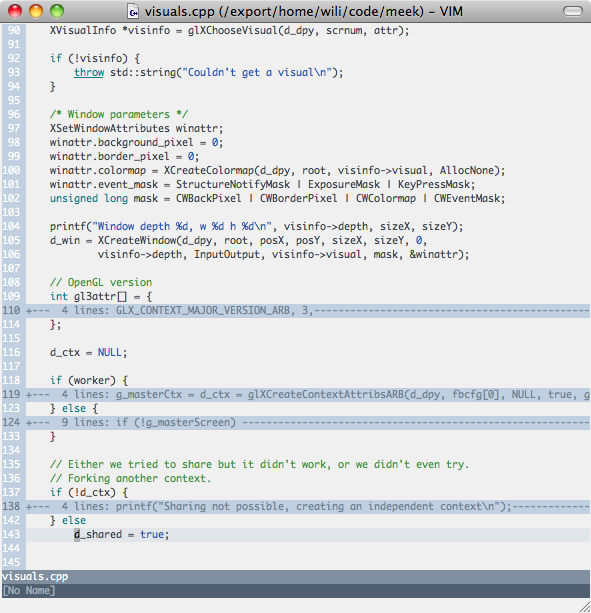

The problem with running NWAs from cygwin comes from the fact that paths in cygwin can be expressed in ways that NWAs can't understand. and of course the win32 version of Vim available on this site or on. Typical examples are internet explorer, yap, acrobat reader. Note: I call a "native win32 application", any program that has not been specifically compiled to run on cygwin. This tip does not only concern Vim, but any native win32 application (NWA) we may want to run from cygwin.

VimTip 381: Running the win32-version of Vim from cygwin Unfortunately it doesn't work at the first stop after attaching to a process. The sc alias shows the current position and is helpful after loading the executable to show the start (we have'nt stopped at this point). My gvim does'nt take the focus, I dont know why, but so I just can walk through the code. "\nĪllways the debugger stops it shows you the current positon in the gvim. Rather than have to type the ClassName twice (once when you first opened the new file, and then again for this block), you can use this autocmd to insert that text for you automatically: When creating a new Java class file, the first thing that I do after creating it is to add the following block of text: If you are lazy like me, tend to use lengthy and verbose Java class names, then this tip is for you. VimTip 378: Auto insert Java class template when editing a new Java file This might be helpful for those of you that do lots of key-bindings. I have collected most of the special keys' scancodes on the Microsoft Natural Multimedia Keyboard. VimTip 377: Microsoft Natural Multimedia Keyboard Scancodes

You will see your Name in the "compiled by" line. Well If you build your VIM from source, you can do that. Would it not be cool to have your Name listed as part of a Vim command. VimTip 376: A totally useless tip.or is it ?


 0 kommentar(er)
0 kommentar(er)
